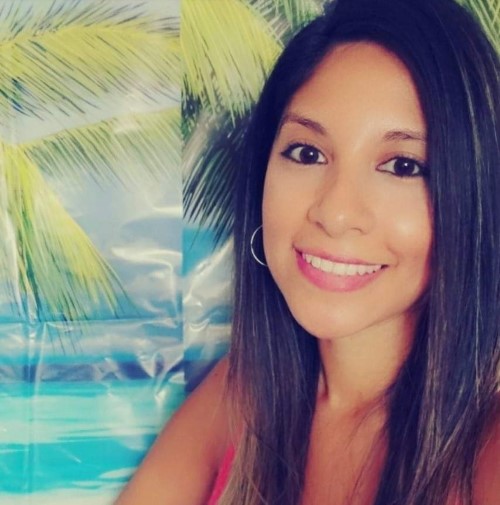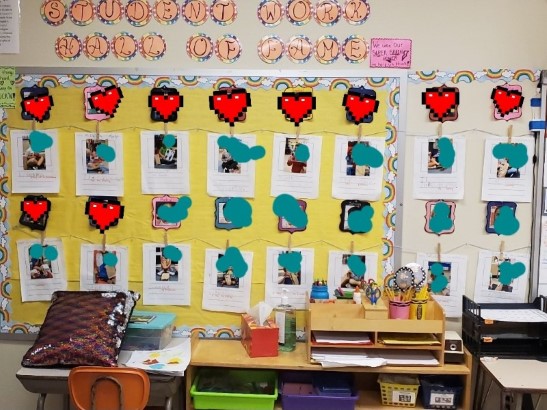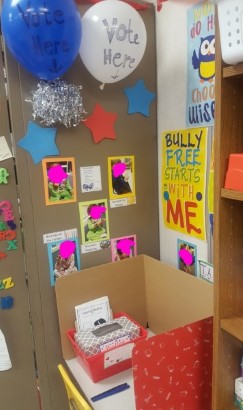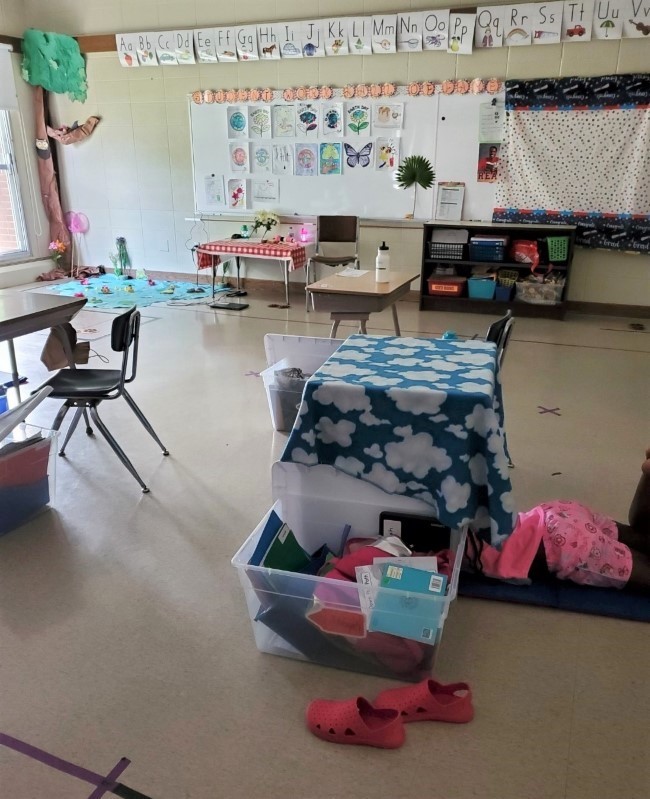Teacher Profile: Fanny
Fanny Camacho
Site: Kindergarten; Charles Lindbergh Elementary School, Madison Metropolitan School District (MMSD)
Fanny Camacho started in MMSD on the west side of Madison as a bilingual resource teacher and then taught first grade for 3 years. She’s been teaching kindergarten on the north side ever since. She works at Lindbergh Elementary School – “a small but mighty school with a very diverse population.” As a teacher, Fanny told us she works hard to make her students feel that they can be successful. In addition, she talked about the experience of teaching and learning during COVID.




There was also a room for kids to have a space when they wanted to go feel cozy. We also had a take a break space — it wasn’t something like punishment, it was more for students when they felt their emotions were too excited or just needed to have a self-regulation space.
With COVID, they have their own desks and materials. I think the biggest difference is that our materials weren’t shareable, but we also kept in mind how we can still move around, because that’s always super important for us to keep it fun and full of movement. Because we did concurrent learning [both inperson and remote], it’s important to see their names and pictures of all students. Even though our students who were virtual were not physically in the classroom, we still acknowledged that they were also part of our classroom family, so we put their faces and pictures up.
With Covid, we reflected and adjusted quite a bit throughout the year, it would look different each time, because they’re super flexible and understanding. … Sometimes we would have the technical difficulties and get a little frustrated, but we did understand, and it was always a learning opportunity. I was very thankful this year. Even though is very challenging and difficult, our kids are so great, and families were amazingly understanding.
[We had] cooperation time and free choice time, so basically it was a time where students could choose whatever they wanted to do, whether that be blocks playing, or they want to do an iPad. It was not a time where anything was very structured. It was really a time for all our kids to go whatever you want to do and give them autonomy and self-importance.
And then with COVID, we were not allowed to have a carpet, that was heartbreaking. But we had to think outside the box, How do we continue creating the united community? We had mats so that kids [could] lay or just nap when they wanted to, and they had full use of materials, and each student has their own tote, within that they had little fidgets, a ball, drawing tools, and whatever they needed. They [also] had outdoor time, because we feel kids love the outdoors and they should have fresh air versus being cooped up all day. And we had time at the end — we call it community circle, our virtual students also come in and have a little bit of fun. It was a perfect opportunity to learn those social emotional skills and how to engage.
We have Lexia — It is a literacy program that’s online and some of our students had a friendly competition with each other. There was one student working hard, and he was so close to the final and just being done. Towards the end of the year, when the student finished the last level of it, our students, whatever they were doing, all of them got up and went over to celebrate with him. And one of girls started crying because she was so happy for him. It was very touching. These students were not related to one another, but they felt so close as a family, it was just something beautiful. It wasn’t just me that helped create this community sense, but it was all of them. This is why it’s super important to know your students at the beginning of the year, and super important for them to interact and engage, and learn from one another, as family.

After winter break, one of my students came in one morning, “Hi Mrs. Macho, I have something for you”, and then he held my hand [and gave] me 13 pennies. [I asked], “Do you need me to hold on to them?” He’s like, “No it’s for you, I have my mom take all the money I had saved to pay you.” I was like, “Oh my goodness!” The fact that he thought about this the night before – I just wanted to save this money. I think that’s what I want when I envision being a teacher, students who feel welcomed and see an adult that they can trust. They’re wanting to come to school and see someone who can definitely help them feel safe and nurtured throughout the day, even though I’m not their mom. But I’m a school mom or a person that honestly loves them.
It’s that community feeling. And you get to learn from one another, we’ve had ways to like learn about either like cultures or just in general families. I walk around the neighborhood or with a nurse within our own school. We always say like it takes a village.
I feel the amount of pressure that some of the things that we are mandated to do in the classroom isn’t developmentally appropriate.
I wish that there were more opportunities for students to have kindergartens more like what 4K’s doing, which is more play-based and hands-on learning. And just being away from the pressure of test scores and assessments. As an early educator, I struggle with a lot of what we are doing to our students is not developmentally appropriate. I’ve been very thankful having a principal that has been understanding.
When you see what other countries are doing and the amount of things that they can do within an outdoor classroom. I don’t know what it looks like in every single setting but just being able to provide our students with resources that are hands on. A lot of it is having to go off of your own, like out of your pocket. I can’t like give them flexible seating. Just being able to provide them with different spaces. I think I maybe resources, but like giving the world to our kids.
